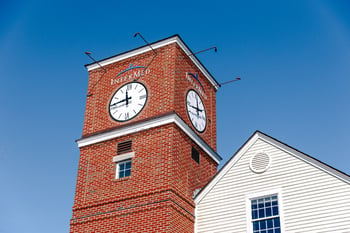Welcome
to InterMed
Serving Portland and its surrounding communities.
InterMed On Demand
Answer a few simple questions and we’ll help you find the best type of appointment to get you the care you need.

news
|
Pediatrics welcoming new patients at all locations
.gif)
Schedule an Appointment
Answer a few simple questions to determine the best type of appointment for your needs.
Find a Physician or Provider
Search for providers by name, location or specialty.
.gif)
Become a Patient
Looking to establish care at InterMed? Call our dedicated New Patient team to learn more.
Join a Trailblazing Team!
At InterMed, we seek patient-focused professionals who are passionate about providing care without compromise, with a level of service that exceeds our patients’ expectations.




